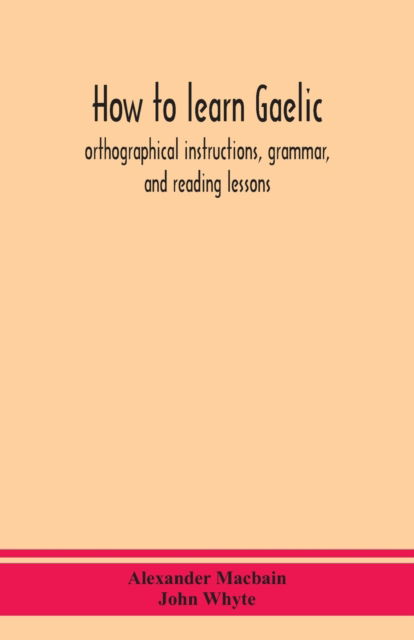
Powiedz znajomym o tym przedmiocie:
Celtic Mythology and Religion
Alexander Macbain
Celtic Mythology and Religion
Alexander Macbain
Ossian, on his way to Tir-nan-og, saw a hornless fawn bounding nimbly along the wave-crests pursued by a white hound with red ears. The Wild Huntsman and his dogs of Teutonic myth belong to the same category; and these dogs of Annwn were similarly said to rush through the air, and evil was the omen. -from "Welsh and Gaelic Elysium" Stonehenge remains one of the most visited tourist destinations in Britain. Legendary figures such as King Arthur continue to fascinate us. The influence of Celtic mythology on popular culture is undeniable, and this collection of essays-first published in book form in 1917, and written by one of the most prominent Celtic folklorists of his time-remains an important introduction to the historical basis for a mythos that still grips the imagination today. From fantastical ideals of beauty-in Ireland it was said that "goddesses with hair like gold" lived in "the summer isles of the West"-to the adventures of intrepid Celtic heroes to their connection with the mythic traditions of Europe and Asia, students of fantasy and folklore will find this an invaluable resource. Scottish scholar and writer ALEXANDER MACBAIN (1855-1907) served as editor of Celtic Magazine and Highland Monthly. His Etymological Gaelic Dictionary (1896) is recognized as his crowning achievement.
| Media | Książki Paperback Book (Książka z miękką okładką i klejonym grzbietem) |
| Wydane | 1 listopada 2005 |
| ISBN13 | 9781596053397 |
| Wydawcy | Cosimo Classics |
| Strony | 280 |
| Wymiary | 127 × 203 × 16 mm · 303 g |
| Język | English |
Więcej od Alexander Macbain
Więcej z tej serii
Zobacz wszystko od Alexander Macbain ( np. Paperback Book , Hardcover Book i Book )

 Świąteczne prezenty można zwracać do 31 stycznia
Świąteczne prezenty można zwracać do 31 stycznia















